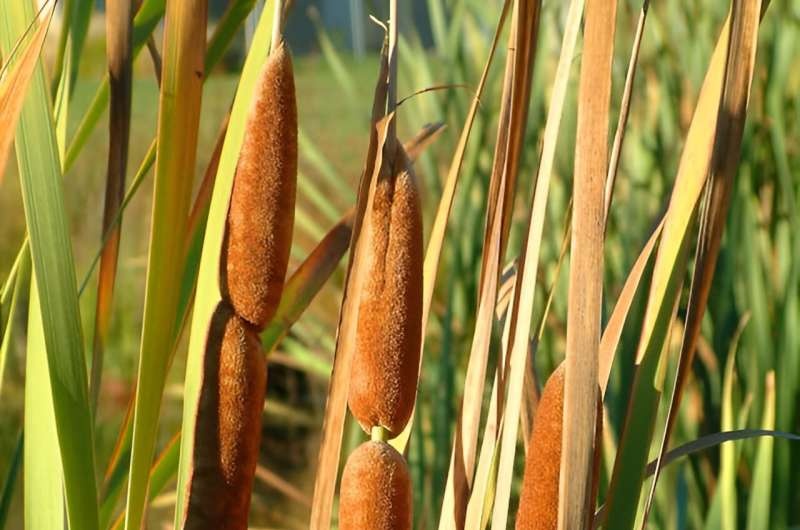New Zealand has lost over 90% of its natural wetlands due to intense agricultural development. However, a humble plant called the bulrush (or raupō) could hold the key to restoring these vital ecosystems. This article explores the remarkable history and ecological importance of this unassuming plant, and how it could help revive the country’s struggling freshwater systems.

Bulrush’s Forgotten Role
New Zealand wetlands and lakes were a different place before humans arrived, with one major indicator of that abundance being the bulrush (raupō). The dynamic environment that was prevalent pre-settlement meant that this hardy plant found an ecological niche and managed to survive up until the modern era by taking advantage of periodic disturbances like floods and landslips.
Bulrushes comprised a key part of the natural ecosystem; they provided a barrier that stopped nutrients from washing into rivers, streams, and lakes creating unhealthy conditions for freshwater systems. It spread exuberantly after the arrival of the first Polynesian settlers and might have helped to keep water clean in many lakes until agriculture intensified in the mid-20th century.
Treasured by the Maori
The bulrush was a taonga species for Māori, offering numerous resources. Its flaxlike leaves were woven into mats, ropes, and thatch for buildings, as was the flower stalk; shoots of some species also may have been eaten. The pollen of the bulrush was much sought after, particularly for making cakes.
It was not just a useful material but had great cultural and spiritual value for many iwi in Aotearoa. Considered a kaitiaki (guardian) of lakes and wetlands, it is an indicator of the well-being of these important freshwater environments. The close association of the bulrush with Māori culture and its central role in New Zealand history, heritage, language, and ceremony is proof of its value and broader relevance.
Conclusion
While the wetlands in New Zealand face devastation with thousands of hectares lost already, one plant could be crucial to the revival of these ecosystems: bulrush. Through its incredible adaptations, nutrient and contaminant filtration capabilities, and deep cultural connections, this lowly little plant presents a hopeful culturally supportive solution. Rediscovering the vital role of bulrushes in keeping New Zealand’s freshwater systems healthy may be key to a more sustainable future for these treasured reserves of nature.
